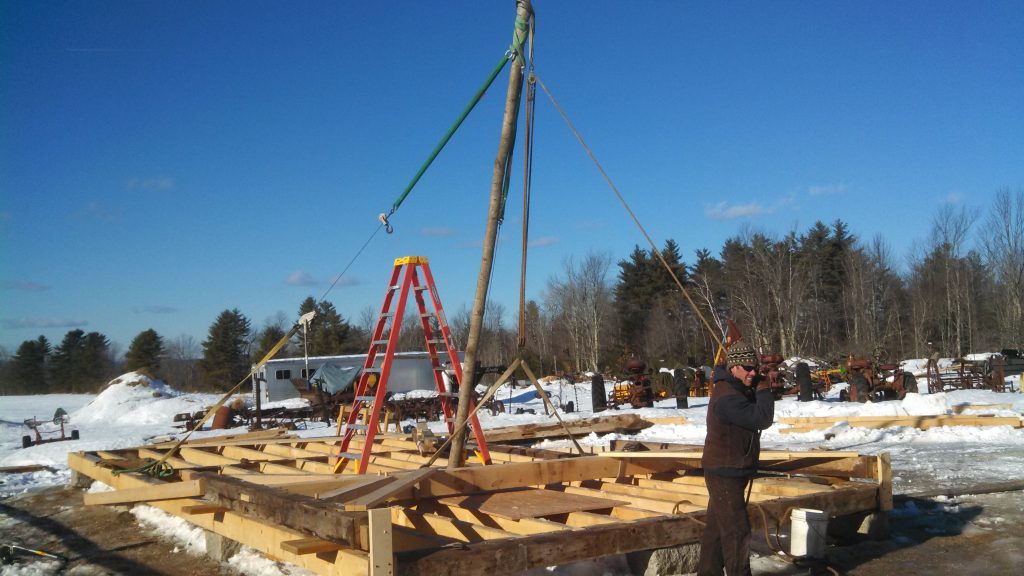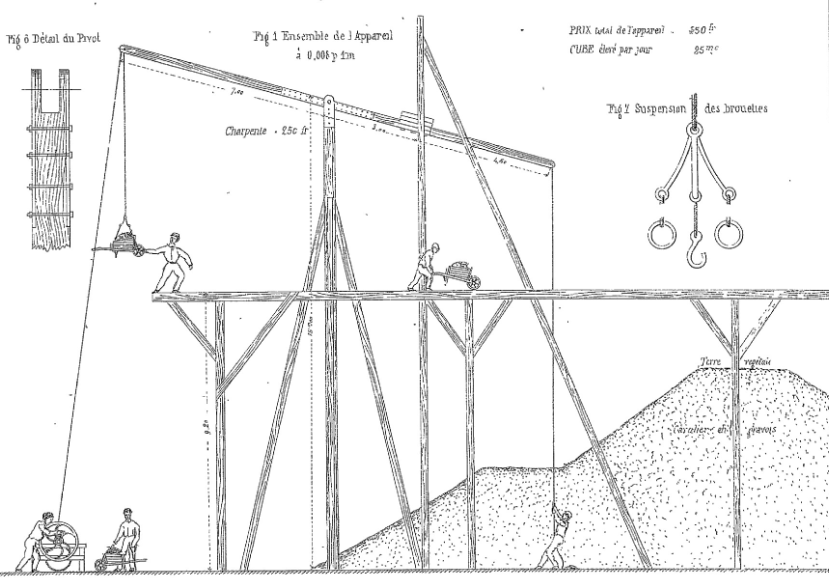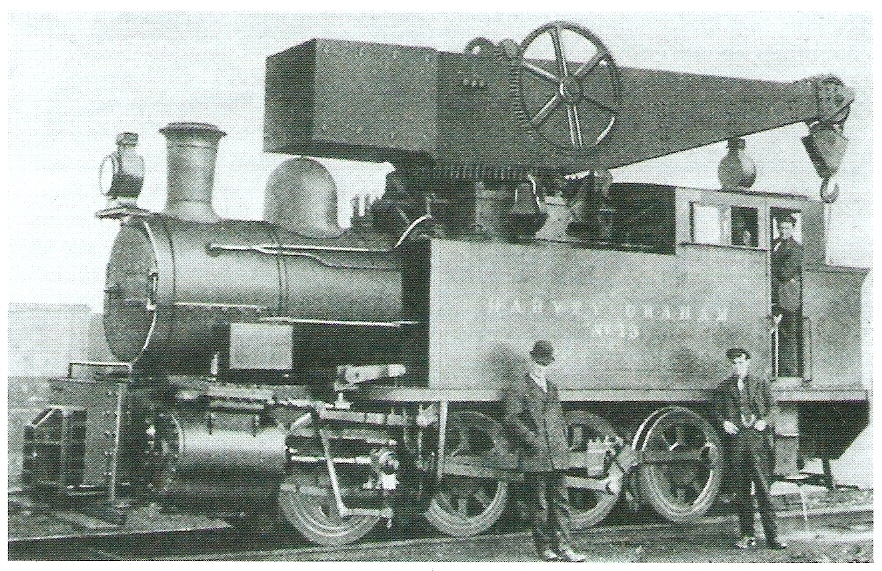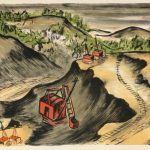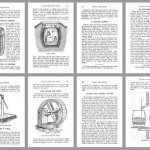“A gin pole is a simple and traditional method for raising a timber frame by hand, and straightforward solution to a site with little crane access. It’s constructed from a long, straight pole with a block and tackle hanging from the top, and two guy lines (in our case, come-alongs) that help to counter the weight of the pole and the timbers, and locate the posts in their mortises.”
“Sometimes the oldest technologies provide the best solution for the job at hand. From wedges and ramps to pulleys, I am surprised at how right my physics teachers were about the ubiquity of simple machines. When applied purposefully, with careful consideration, these approaches can be safer, simpler and cheaper. While I appreciate the romance associated with historic contraptions, ultimately, romance is not the reason we employ them.”
Read more: I’ll take a gin pole, straight up, Preservation Timber Farming.
